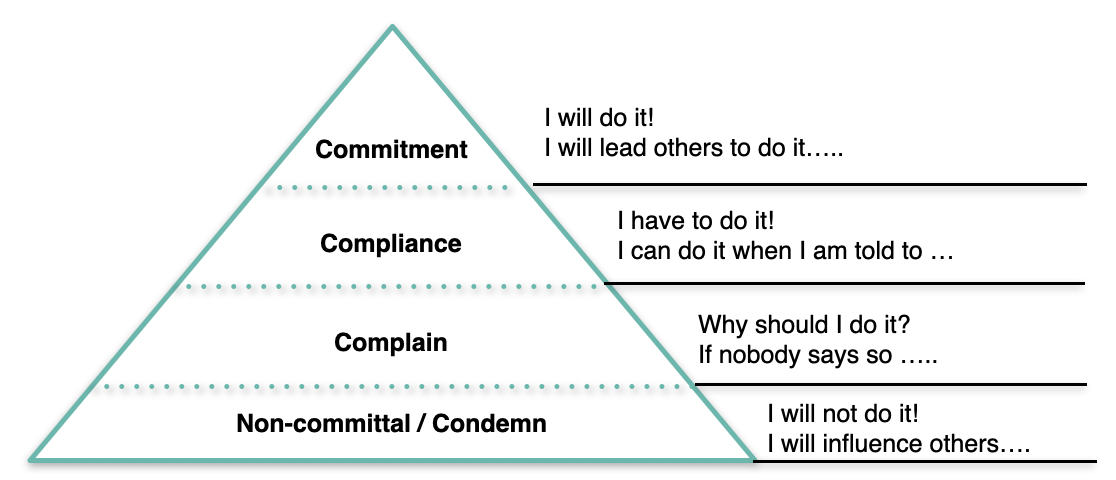
Share article:
Tags:
I sniggering out loud yesterday (bad girl!), when a riled up coaching client said, “can’t I just tell them they have to do it”. I really appreciate his trust in me to be honest about what he was really thinking.
He was talking about something that repeatedly had not happened. My question to him was, “how is that working out for you?” (a totally leading question!) and he smirked knowingly and admitted, “not so much”.
As managers and leaders we often have the illusion that ‘telling’ or giving advice is what we need to do to get things done, and this paradigm sits behind our approach to management. We often have to influence people from around the business, even if they don’t work for us and so we know how to influence others. Like me, this client has developed his “push” style of influencing. I have written before about the joy of being being able to share expertise that you have worked hard to develop and this expertise can tempt us to over use the “push” style. Which means focusing on your view, making logical arguments and expecting others to follow.
We took the opportunity to explore the difference between compliance and commitment and its relevance here.

At its simplest, compliance is when you do something because you have to (i.e. because you have been told to, or there are consequences for not doing it). If you run a team or are trying to change behaviour, the need for speed can make compliance an alluring approach.
But, in my experience, it has a kick in the tail. When your back is turned, compliance means the bare minimum (nothing more, nothing less), corners being cut and at worse people finding ways to sabotage (& regain a sense of control or feeling more authentic). It also tempts you to double down when people don’t “just **** do it” (insert your expletive of choice) and push harder (probably with hands clenched, and jaw tight). Inadvertently you are telling your team, “I do the thinking, you do the doing”
Whereas commitment is when someone chooses to do something because they want to do it or believe in it. It means an employee has an internal drive to get something done because they believe in what they are doing. I know it sounds slower and in truth it is (take a deep breath) but it brings benefits, including people doing the right thing when you aren’t there, people using their initiative to come up with new ways to achieve results and often convincing other people that it’s a good idea. This HBR article about culture reminds us “someone with authority can demand compliance but they can’t dictate optimism, trust, conviction or creativity”.
We enable commitment, by listening, asking great questions and not interrupting. Nancy Klein argues that:
“Interruption diminishes us. It diminishes our thinking. In the face of it, our own thinking barely has a chance to form. That means that our decisions are weaker; our relationships are thinner. Interruption of thinking is destructive”.
For many of us, the advice monster within us, trips us up everyday, in how we interact with our teams. We can’t resist the lure of interrupting to share our wisdom but by doing so, we are driving compliance not commitment. I have to confess to finding it a little ironic that we often name teams “Compliance” in regulatory, legal, or HR spaces. To me, this suggests an approach that will invite resistance, and also fails to acknowledge the power of commitment.
So what?
As you read this blog, ask yourself
- On the inside, where are you really thinking “can’t I just tell them they have to do it”.
- On reflection, where are you meeting resistance, where are things not happening?
- Be honest with yourself, are you driving compliance or building commitment?
- What would it take for you to commit to not interrupting?





